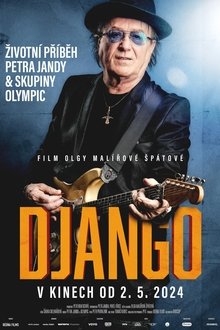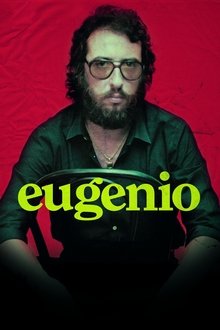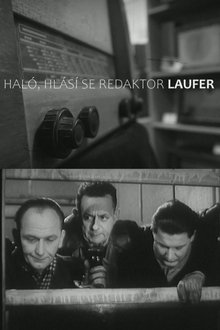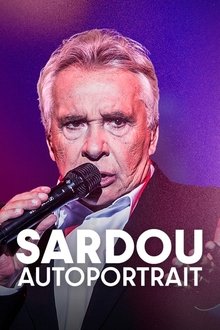An Okinawan photographer, Mao Ishikawa spent her early 20s working as a barmaid in establishments catered specifically to African American GIs stationed in Okinawa. “There was love,” as the tagline reads, her photography book, 『Red Flower – The Women of Okinawa』 captured the diaristic intimacy of friendships, love affairs, and wild nights shared amongst her social circle of that time.
Related Movies
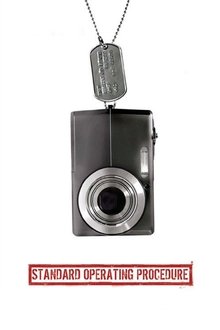
Standard Operating Procedure (2008)
Errol Morris examines the incidents of abuse and torture of suspected terrorists at the hands of U.S. forces at the Abu Ghraib prison.
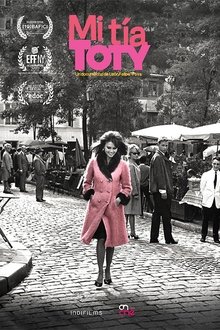
My aunt Toty (2016)
A look at the life of Toty Rodríguez: An actress who made her career in France during the 60s, a well-known Diva in Ecuador as well as an icon of the women rights. She returns to Paris with her nephew to revisit her past in a town that changed her life.
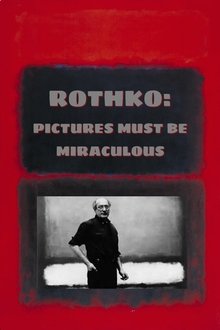
Rothko: Pictures Must Be Miraculous (2019)
Mark Rothko, a master of abstract expressionism, created 835 paintings during his five-decade career.

Lloyd George: The People's Champion (2006)
Huw Edwards presents a profile of the former Prime Minister, depicting him as a brilliantly innovative social reformer to whom we owe old age pensions, National Insurance and much else. Contributors include Stephen Constantine, Margaret MacMillan, Neil Kinnock, Michael Heseltine and David Steel.
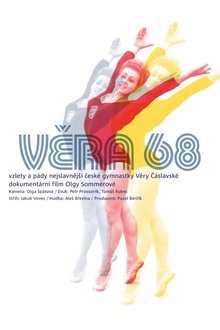
Věra 68 (2012)
Vera Cáslavská, the most successful Czechoslovak sportswoman and the fourth most successful Olympic sportswoman globally, won seven gold and four silver medals. After her 1968 Mexico City Olympics victory, she became the second most popular woman after Jacqueline Kennedy. In 1968, she signed the 2000 Words Manifesto, which she never retracted. Despite her fame, she faced a troubled life due to political issues, marriage, and family tragedy. Her story reflects Czech society during both communist and democratic regimes, where she was active in the civil sphere. She views her sports career as fleeting fame compared to her challenging life. Now 68, 42 years after her sports career, she remains admired in the Czech Republic and Japan. Her life is a unique chapter in Czech history.
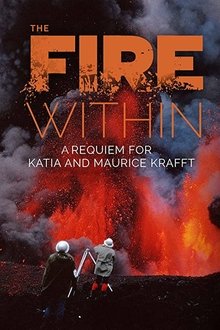
The Fire Within: A Requiem for Katia and Maurice Krafft (2024)
Filmmaker Werner Herzog combs through the film archives of volcanologists Katia and Maurice Krafft to create a film that celebrates their legacy.
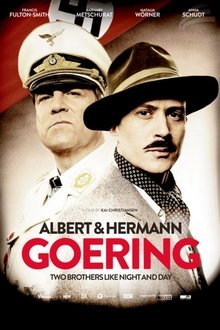
Albert & Hermann Goering (2016)
Two brothers who could not have been more different. The eldest, Hermann Göring (1893-1946), was a prominent member of the Nazi regime, head of the German Air Force, and a war criminal. The youngest, Albert Göring (1895-1966), opposed tyranny and was persecuted, but today he is still unjustly forgotten, although he saved many lives while his brother and his accomplices ravaged Europe.
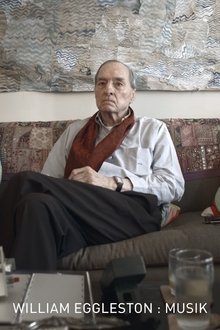
William Eggleston: Musik (2017)
A short documentary portrait of the artist William Eggleston; focusing particularly on his musical endeavours and his album Musik that was released through Secretly Canadian in 2017.
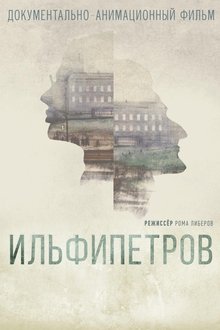
Ilfipetrov (2013)
To ensure that the viewer guessed in the name of Ilfipetrov that Ilya Ilf and Yevgeny Petrov were separate, the authors collected an impressive evidence base: live testimonies were obtained in Moscow, Odessa, Yaroslavl, Paris, New York; in the exact repetition of the route of "One-storied America", in miraculously preserved family archives.

Elton John: Never Too Late (2024)
Sir Elton John looks back on his life and the astonishing early days of his 50-year career in this emotionally charged, full-circle journey. As he prepares for his final concert in North America at Dodger Stadium, Elton takes us back in time and recounts his struggles with adversity, abuse, and addiction, and how he overcame them to become the icon he is today.
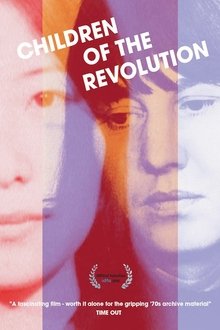
Children of the Revolution (2011)
Inspired by the student revolutions of 1968, two women in Germany and Japan set out to plot world revolution as leaders of the Baader Meinhof Group and the Japanese Red Army. What were they fighting for and what have we learned?
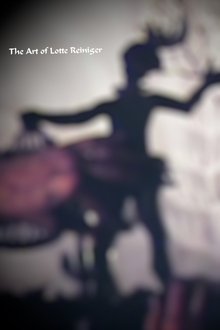
The Art of Lotte Reiniger (1970)
This short documentary looks at the animated art of Lotte Reiniger. We are taken through a demonstration by Lotte herself on the way she cut out, constructed and filmed a silhouette character. She also discusses how she developed the use of coloured gelatines for her backgrounds. To illustrate her output, the documentary includes extracts from several of her films including Papageno (1935), The Adventures of Prince Achmed (1926) and The Frog Prince.
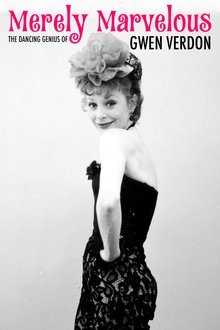
Merely Marvelous: The Dancing Genius of Gwen Verdon (2019)
Merely Marvelous is a celebration of the art and life of Broadway's greatest dancing star, Gwen Verdon. She overcame many obstacles, including rickets, the Hollywood system, a loveless first marriage and a difficult second marriage to choreographer/director Bob Fosse, to become a multi-Tony Award-winning performer. Gwen's life is told through interviews with family members and theatre associates as well as a mine of rare footage from her Broadway and Hollywood careers. Merely Marvelous is the story of a brave woman who rose to the very top of her profession.

Room 999 (2023)
In 1982, Wim Wenders asked 16 of his fellow directors to speak on the future of cinema, resulting in the film Room 666. Now, 40 years later, in Cannes, director Lubna Playoust asks Wim Wenders himself and a new generation of filmmakers (James Gray, Rebecca Zlotowski, Claire Denis, Olivier Assayas, Nadav Lapid, Asghar Farhadi, Alice Rohrwacher and more) the same question: “is cinema a language about to get lost, an art about to die?”
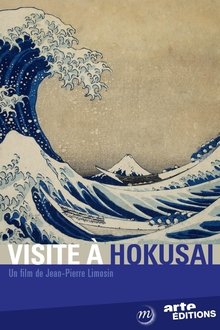
A Visit to Hokusai (2014)
A look at the work of Japanese woodblock printing artist Katsushika Hokusai (1760-1849).
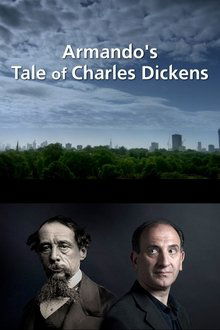
Armando's Tale of Charles Dickens (2012)
Armando Iannucci presents a personal argument in praise of the genius of Charles Dickens. Through the prism of the author's most autobiographical novel, David Copperfield, Armando looks beyond Dickens - the national institution - and instead explores the qualities of Dickens's work that still make him one of the best British writers. While Dickens is often celebrated for his powerful depictions of Victorian England and his role as a social reformer, this programme foregrounds the elements of his writing which make him worth reading, as much for what he tells us about ourselves in the twenty-first century as our ancestors in the nineteenth. Armando argues that Dickens's remarkable use of language and his extraordinary gift for creating characters make him a startlingly experimental and psychologically penetrating writer who demands not just to be adapted for television but to be read and read again.
